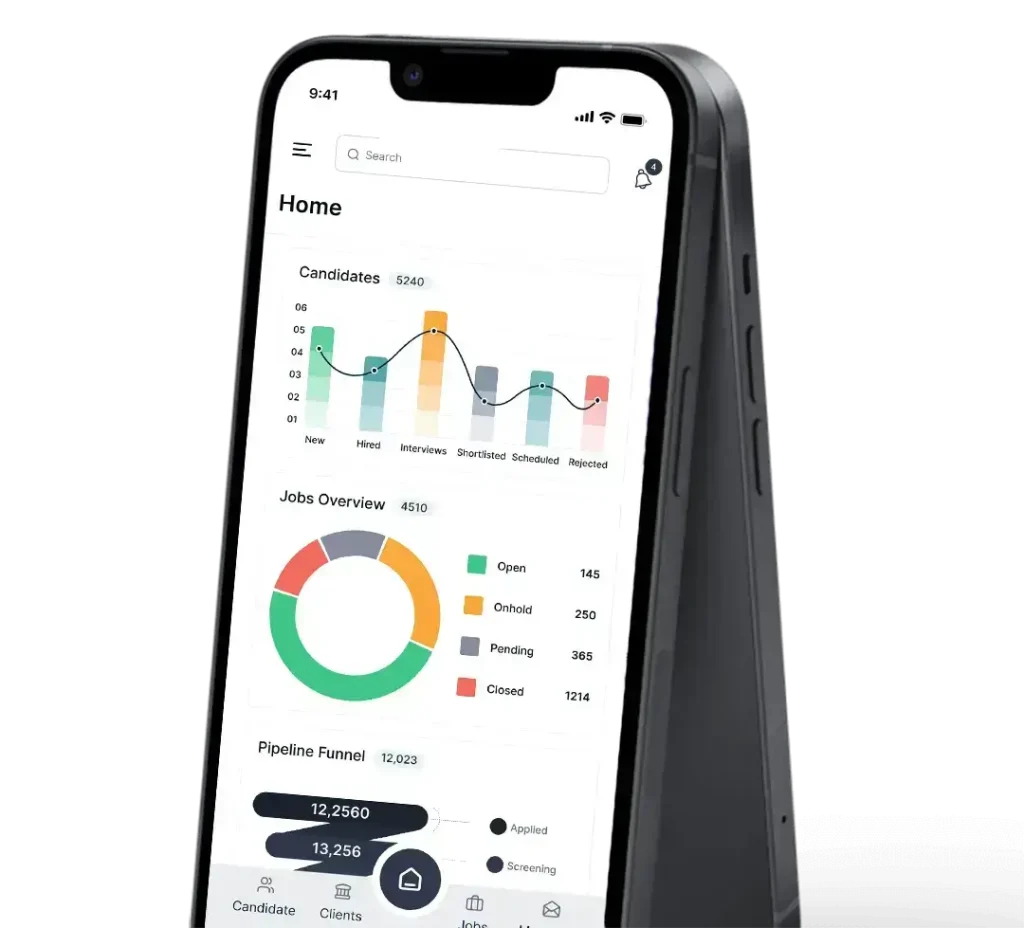Understanding the Capabilities of HCM Software
Having a sound understanding of all the features of HCM software is perhaps the first and most important step in realizing its full potential. Contemporary HCM solutions offer numerous functionalities that surpass fundamental HR operations like tools for succession planning, workforce engagement, data analytics, and other areas. But a lot of businesses don’t take full advantage of these capabilities just because they don’t know about them or don’t know how they operate.
To avoid this, spend time learning about and utilizing every feature that your HCM software has to offer. Take advantage of webinars, interact with your software vendor for in-depth demos, and utilize any tutorials or manuals that are offered. Also, designate a specific group or person to maintain current knowledge of the software’s features and make sure that information is shared throughout the company. Understanding your HCM software inside and out will help you pinpoint the precise features and tools that complement your company’s objectives and may be used to increase output.
1. Integrate HCM Software with Other Business Systems
Making sure HCM software is properly connected with other important corporate systems is another method to optimize productivity with it. For functions like financial management, customer relationship management (CRM), and project management, different departments in many firms employ separate software platforms. These systems’ siloed operations result in data fragmentation, inefficiencies, and higher mistake rates.
By integrating your HCM software with other business systems, you can guarantee a smooth information exchange between departments, which can speed up manual data transfers and lead to more thoughtful decision-making. One way to automate the payroll process and save time and errors is to integrate your HCM software with payroll systems. Connecting it to a CRM platform can also reveal information on how HR procedures affect sales or customer service outcomes. Better strategic planning is made possible by the cohesive ecosystem that is created by the integration, which also increases productivity.
2. Use Data Analytics to Make Well-Informed Decisions
Data is frequently referred to be the “new oil,” and data-driven decision-making in HR can greatly increase productivity. Advanced data analytics features in most HCM software solutions enable businesses to monitor and evaluate various indicators, including employee performance, recruiting effectiveness, and turnover rates.
Make the most of these analytics tools to learn more about your workforce and increase productivity. For instance, you can identify top performers and pinpoint areas where staff members require improvement by evaluating performance data. Then, you can modify your training initiatives accordingly. Additionally, you can ensure that you attract and retain the best resources by streamlining the hiring process with the use of recruitment data analysis. HR managers may make better decisions thanks to these insights, which raise employee satisfaction and boost overall productivity inside the company.
3. Automate Daily Tasks to Free Up HR
The capacity of HCM software to automate repetitive tasks is highly availing for it affords time for the HR to concentrate on more strategic endeavors, which is one of its main advantages. By automating repetitive, manual tasks like payroll processing, benefits administration, time tracking, and leave management, more time may be spent on other important projects.
For instance, automating the onboarding procedure can guarantee that newly hired staff members are quickly assimilated into the company, that all required documentation is finished, and that training modules are allocated without the ongoing supervision of HR. In a similar vein, automated performance management systems can guarantee consistency in performance reviews by giving workers regular feedback based on predetermined standards. HR staff members can now concentrate on activities that have a direct influence on productivity, such talent development, employee engagement, and strategic planning, by automating these repetitive duties.
4. Promote Staff Self-Service to Boost Productivity
HCM software’s employee self-service can greatly increase productivity by lessening the administrative load on HR staff. Employees can handle their own personal information, including checking paystubs, applying for leave, updating personal information, and enrolling in benefit programs, through self-service portals.
Encouraging employees to adopt self-service not only gives them more autonomy over HR-related tasks, but it also lowers the number of questions and requests HR has to respond to. This change enables HR to concentrate on more strategic and complicated problems. Additionally, it improves the work experience for employees by making information quickly and easily accessible, which can raise productivity and job satisfaction.
5. Use HCM Tools to Improve Collaboration and Communication
Collaboration and effective communication are essential elements of a successful business. Functionalities that promote communication within teams, departments, and even international offices are found in a lot of HCM software packages. Some software, like Enwage, for instance, provide project management tools, shared calendars, and messaging systems that may be incorporated into regular workflows.
Additionally, organizations can cut down on time wasted on meetings, emails, and other occasionally ineffective means of communication by utilizing these communication technologies. HCM enables teams to work together more successfully, make choices more quickly, and communicate information in real-time. Not just that, in scenarios where it might be difficult to sustain collaboration and communication, these solutions can be especially helpful in distant or hybrid work contexts. Overall productivity rises when workers can easily interact and are well-informed.
6. Put An Emphasis on Lifelong Learning and Growth
Keeping an effective team requires ongoing learning and development, and HCM software can be quite helpful in this regard. Learning management systems (LMS) are a feature of many HCM platforms that let businesses provide employees with on-the-job training and development opportunities. These tools have the ability to monitor development, evaluate learning objectives, and create customized growth plans according to each user’s requirements.
It must be a dedicated focus to use your HCM software to foster a culture of continuous learning in order to increase productivity. Motivate staff members to use the training materials at their disposal and provide rewards for finishing courses. Furthermore, take advantage of data analytics to pinpoint areas where skills are lacking and modify training plans accordingly. You may increase overall productivity by providing employees with the knowledge and skills they need to carry out their duties to the best of their abilities by consistently upskilling your staff.
7. Regularly Review and Optimize Your HCM Strategy
Last but not least, it is equally important to regularly review and optimize your HCM strategy in order to make sure you are getting the most out of your HCM software. As organizational needs change throughout time due to the dynamic nature of the business environment, you to need to adjust and optimize your operations accordingly. Something that was successful a year ago might not be as successful now and thus necessitates a more nuanced strategy.
Also, it is a best practice to plan frequent assessments of your HCM strategy to evaluate how well your software is achieving the objectives of your company. To determine areas that need improvement, get input from management, employees, and HR personnel. Examine the data and analytics to identify any emerging trends, bottlenecks, or inefficiencies. Make the necessary changes to your HCM procedures in light of this study, including altering workflows, modifying software settings, or adding new features.
Wrap Up
In a nutshell, HCM can significantly increase productivity and efficiency of businesses, but as with all tools, its usefulness is dependent on how it is used. You can make the most of your HCM software by fully comprehending its capabilities, integrating it with other systems, utilizing data analytics, automating repetitive tasks, encouraging self-service, improving communication, putting a strong emphasis on continuous learning, and routinely evaluating your HCM strategy.








